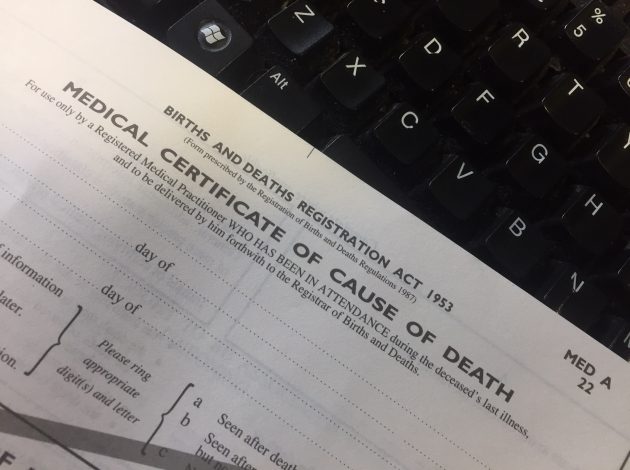Homelessness remains a serious and pressing social issue. Yet there are currently no reliable figures on the numbers of people dying homeless in England and Wales or their causes of death. Ben Humberstone reveals how ONS is working to fill the evidence gap.
There has been increasing public interest in homelessness, an important problem affecting some of the most vulnerable people in society, but which is difficult to measure as well as to solve. The government’s Rough Sleeping Strategy set new aims, including that deaths or serious harm of people who sleep rough should be rigorously investigated, while the Welsh Rough Sleeping Action Plan called for better monitoring and measuring the extent of rough sleeping.
One of several questions we are now trying to answer is – how many people die homeless?
To date, there are no official figures on deaths of homeless people. The problem is two-fold: firstly, that homelessness takes many different forms, and secondly, that there is no specific way of recording homelessness at death registration.
The different types of homelessness range from people who sleep rough to those who are awaiting rehousing by a local authority, from short-term residents of night-shelters and hostels to those who are ‘sofa surfing’ in the houses of friends or family.
Different definitions exist for different purposes – the Ministry of Housing, Communities and Local Government publishes key information on numbers of living homeless people in England and the Welsh government produces data for Wales, but our upcoming report will be the first official figures on the number of people to die homeless.
We are working to estimate the number of deaths of homeless people throughout England and Wales, and as far as possible produce breakdowns by age group, sex, region and cause of death. The focus of the statistics will be people who sleep rough or use emergency shelters and hostels.
The first step is to examine the data we hold from death registrations to identify all the different indications that the person was homeless at or around the time of death. This might be as obvious as the words ‘no fixed abode’, but often is something else such as an address which can be identified only by research as belonging to a hostel.
At the same time, we are looking at some other sources of information, such as the ‘crowd sourced’ database set up by the Bureau of Investigative Journalism. These sources will not be used for our official statistics, but they are helping us develop the most accurate method of identifying all the deaths that should be counted. We hope to have some first results, which will be published as experimental statistics, by the end of the year.
Ben Humberstone is ONS Deputy Director for Health Analysis and Life Events
